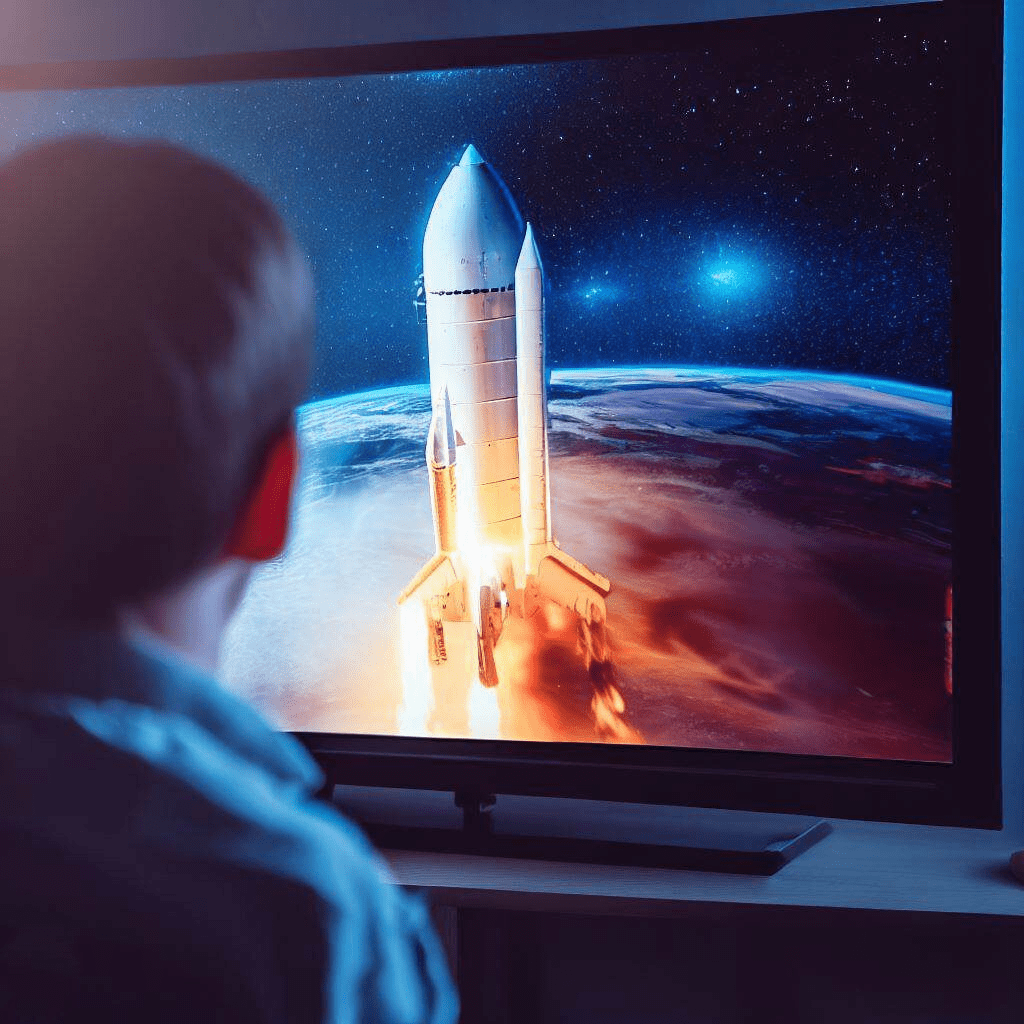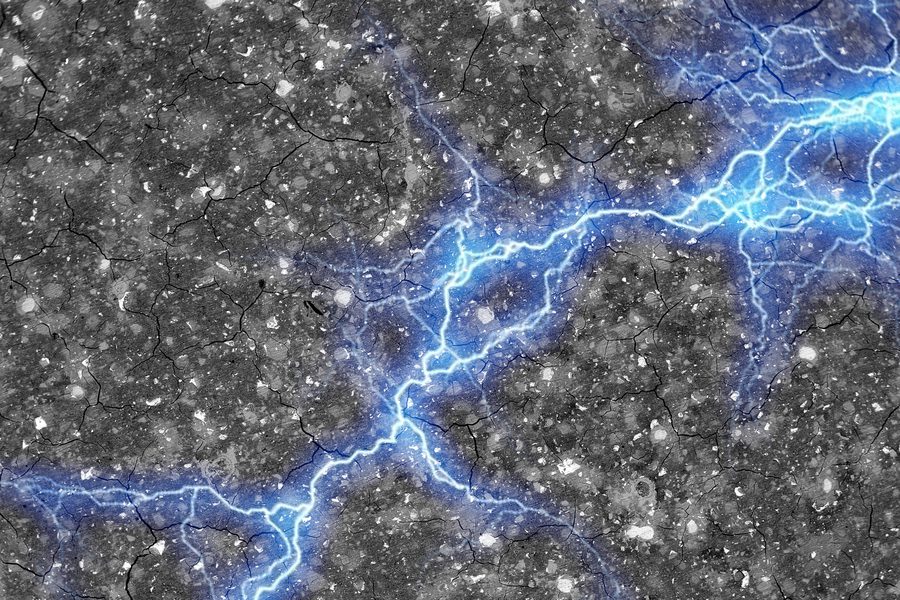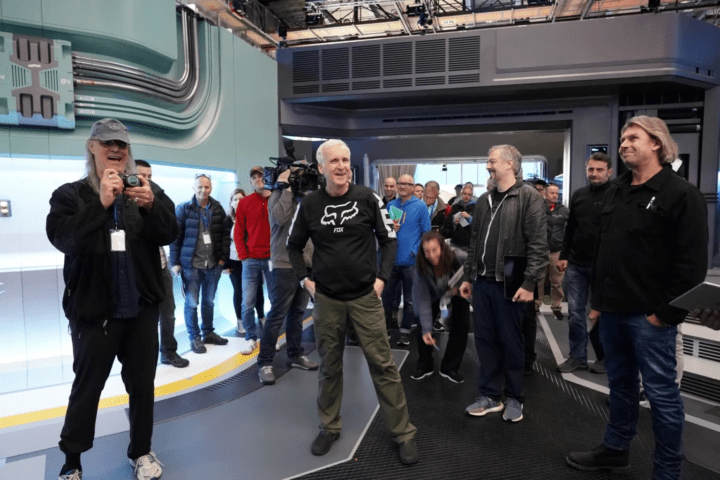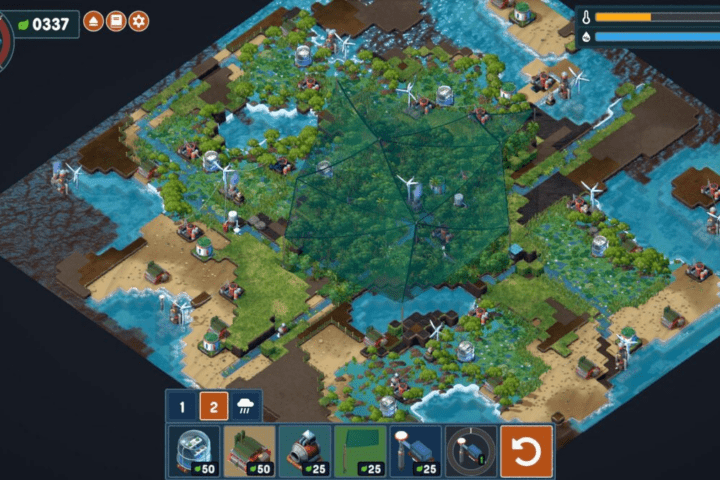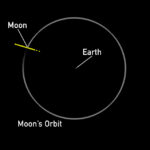NASA is taking significant steps to improve its online presence and reach more people by launching new digital streaming platform, NASA+. This digital revamp aims to offer the public an immersive, intuitive, and highly educational space exploration experience, shedding new light on NASA’s groundbreaking work.
A highlight of this innovation is NASA+, the agency’s first-ever on-demand streaming service. Scheduled for launch later this summer, NASA+ promises an unprecedented avenue to engage the public in the thrill and wonder of space exploration. This free, ad-less, family-friendly platform will feature live coverage of NASA missions, and house a diverse collection of original video series, including titles such as “NASA Talks”, “Space Out”, and “The Color of Space.” The streaming service plans to be accessible across a multitude of platforms including iOS, Android, Roku, Apple TV, and Fire TV, truly putting ‘space on demand.’
The unveiling of NASA+ marks a new era for space exploration engagement, representing a substantial evolution from the existing NASA TV platform. This development aims to demystify the vast cosmos, making it more accessible and enthralling for audiences globally. NASA’s Emmy Award-winning coverage and original content will offer viewers an unmatched lens into the intriguing mysteries of the universe, signifying a significant leap in how we perceive and understand space.
https://www.youtube.com/watch?v=RrlDv-ts2f0&t=55s
Simultaneously, NASA is undertaking a comprehensive upgrade of its websites. The revamped nasa.gov and science.nasa.gov aim to provide a connected, topic-driven user experience. By offering a common search engine, integrated navigation, and optimized publishing tools, the new websites are set to make the vast wealth of NASA’s information more accessible and discoverable. The beta version of the new site is already live, inviting user feedback to refine and enhance the user experience.
Similar Post
The reimagined NASA app is another piece of this digital expansion puzzle. The upgraded app is set to provide a consolidated hub for NASA’s missions, research findings, and climate data updates, among other things.
These digital advancements signal a new era for NASA’s outreach efforts. They acknowledge the vital role of modern, user-friendly platforms in not just informing the public, but also inspiring a new generation of scientists, engineers, and space enthusiasts. While this move is lauded for its innovative approach, it also invites a set of critical challenges – from ensuring secure and robust digital infrastructure to creating content that appeals to a diverse audience base.
Yet, if successful, this digital reinvention could revolutionize the way the public engages with space exploration. As NASA propels humanity into the unknown, its digital channels promise to be the window through which the world experiences this awe-inspiring journey. Through these platforms, the mysteries of the universe are set to become a touch more tangible, a notch closer, and indeed, a part of our everyday lives.
